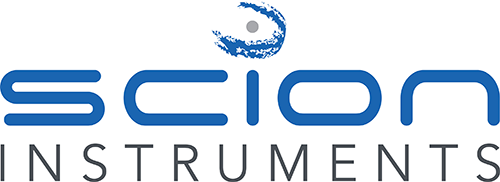May 21, 2025
Solvents are widely used during the synthesis of many pharmaceutical products. It is not always possible to remove all solvents from the final product, hence it is important that all products are tested for residual solvents.
March 24, 2025
Learn how to determine Polychlorinated Biphenyls (PCBs) in water using Gas Chromatography with Electron Capture Detection (GC-ECD).
March 11, 2025
Discover how using SCION instruments’ GC-MS SQ can be used to analyze the semi volatile organic compounds: polycyclic aromatic hydrocarbons (PAHs).
January 24, 2025
This application note describes the analytical operating conditions for analysis of US EPA 8260 including Bromofluorobenzene (BFB) tune parameters and calibration details.
September 2, 2024
Discover how the SCION Instruments SQ MS is able to achieve the challenging LOQ of ≤0.5ppb for drinking water according to the EPA; national drinking water regulations. Learn to easily identify compounds with our built in NIST library search tool.
August 15, 2024
This application note discusses the SCION Instruments mini gas splitter and its ability to improve analytical accuracy. The importance of sulfur removal from various energy sources can be beneficial for many reasons, such as toxicity, corrosion and environmental pollution.
July 9, 2024
Gas Chromatography can be used for online analysis to continuously monitor concentrations of toluene, methylbenzene, methanol, and other gas-phase species present in the reactor effluent.
July 9, 2024
Gas Chromatography can be used for online analysis to continuously monitor the concentrations of ammonia, nitrogen, hydrogen, and potentially other gas-phase species such as nitrogen oxides (NOx) and methane (CH4).
July 9, 2024
The purpose of this study is to determine the Fatty Acid content in Fish Oil using a SCION Instruments 8500 GC with PTV injector, FID and specialist FAME column.
